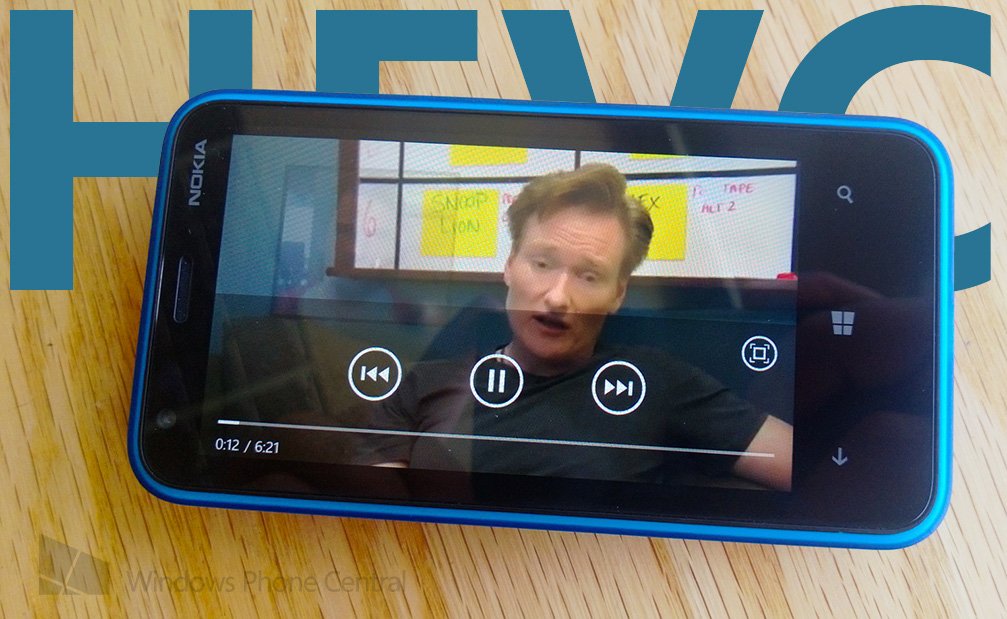
Right now, H.264/AVC is generally regarded as the king of codecs. It’s been on the hill since around 2003, but Nokia has collaborated on a new codec that promises higher quality video at half the bit rate. H.265/HEVC is that codec that could be the next king of the hill.
Around 2010 is when development of the H.265/HEVC codec began in earnest. However, proposals for the next generation of codec started in 2004 by the Video Coding Experts Group. In 2007 the Moving Picture Experts Group began their own project, and 2010 is when the two different groups agreed to take the same path. The Nokia Research Center was involved from the beginning and contributed throughout the development of the High Efficiency Video Coding (HEVC) video compression standard.
So what? Why’s a site about Windows Phone talking about video codecs? Lots of reasons, mostly how the new codec will save you time and money in the future. While the H.264/AVC codec has served us all honorably in the past and still today, it’s not as efficient as it can be. That’s where H.265/HEVC comes in with its super-efficient compression. Dr. Kemal Ugur, the principal researched at Nokia Research explained the difference between the two on the Nokia Conversatiosn blog:
“H.264/AVC is the dominant video codec now, but it’s not very efficient when coding high-resolution video. To support the emerging applications requiring high-resolution pictures, we contributed on developing H.265/HEVC. Compared to earlier standards, H.265/HEVC delivers similar, if not better quality video, at half the bit rate. Essentially, that means transmitting half the amount of data you’d normally receive from a video coded using the H.264 video codec.”
Here’s an example from Nokia – A video encoded with H.264/AVC will give you a file that’s 1GB in size. However, if you encode that same video with H.265/HEVC you’ll get a file about 500MB. That’s about half the size for those of you keeping track at home. So if you’re trying to download a video to your mobile device, you can get similar if not better quality video at half the rate and time. It’s a win-win for consumers.
Another advantage of the new codec, is its support for 8K ultra-high definition content and resolutions up to 8192x4320. Holy Pixels Batman!
They stressed we won’t be seeing an immediate benefit since the rollout will be gradual. Some devices will begin supporting it in the coming months.
Get the Windows Central Newsletter
All the latest news, reviews, and guides for Windows and Xbox diehards.
Source: Nokia Conversations
